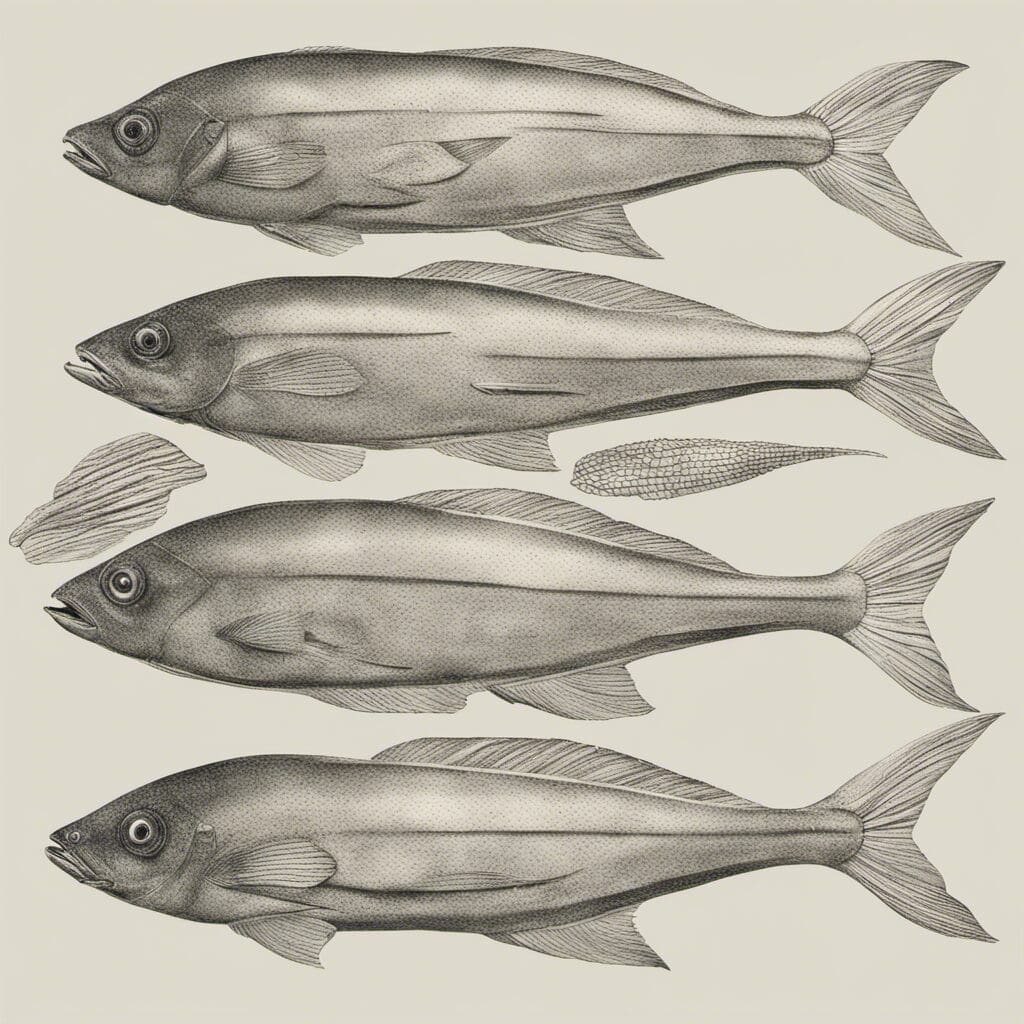Introduction
Deep-Sea Sole, also scientifically known as Embassichthys bathybius, is a flat fish species belonging to the family Pleuronectidae. These unique creatures are often distinguished by the peculiar location of both eyes on one side of their body.
Conservation Status
The Deep-Sea Sole is classified as ‘Least Concern’ by the International Union for Conservation of Nature (IUCN). This rating indicates that there are currently no significant threats to the species’ population.
| Current status | Conservation efforts |
|---|---|
| Least Concern (IUCN) | No significant efforts |
Statistics
Adult Deep-Sea Soles typically grow to lengths between 60 to 66 cm and weigh approximately 3 kilograms. Given their deep-sea habitat, these creatures live longer than their shallow-water cousins, averaging a lifespan of 25 years.
| Length (Average, Range) | Weight (Average, Range) | Average Lifespan |
|---|---|---|
| 63 cm, 60-66 cm | 3 kg, 2-4 kg | 25 years |
Distribution
Deep-Sea Sole predominantly inhabit the northeastern Pacific Ocean. They are frequently found in the coastal waters of California, USA, up to the northern shores of the Aleutian Islands, Alaska.
Migration Patterns
Although there is little specific data on their migration, their spawning behavior suggests that Deep-Sea Sole may move towards shallower depths during breeding seasons.
Habitats
These benthic dwellers are found in saltwater environments, typically at depths between 180 to 900 meters. Deep-Sea Sole are cold-water species, capable of thriving in temperatures ranging from -1 to 4°C.
When and Where to See
At present, there’s no well-documented information on the seasonal patterns or specific times of day when Deep-sea sole are most visible or active.
Best Fishing Locations
Deep-Sea Sole are notably captured during commercial fishing trips off the coast of northern California, Oregon, and the Aleutian Islands. General tips for locating these elusive fish would involve focusing on their preferred deep, cold water habitats.
How to Catch
Deep-sea fishing techniques such as bottom fishing or trawling are particularly effective for catching this species. However, as of now, there’s no specific information about their preferred bait or lures or the optimal season for fishing.
Identification Guide
Deep-Sea Sole have a distinct shape typical of flat fish – oval and compressed. They are dark brown or black in color, with a white underside. Their eyes are located on the right side of their body.
Culinary
Due to its density and flaky texture, Deep-sea Sole is ideal for methods of cooking that keep it moist, such as poaching or steaming. Its taste is considered mild and sweet.
Nutritional Information
Though specific nutritional information is scarce, fish in general is known for being a lean protein source that also provides omega-3 fatty acids and various minerals.
Additional Information
Deep-sea Sole primarily feed on small fish and crustaceans. Little is known about their mating habits or primary predators. Their deep-sea existence shields them from most human-induced threats.
References and Further Reading
To discover more information on the Deep-sea Sole and other flatfish species, consider exploring resources such as MarineBio (https://marinebio.org), FishBase (https://www.fishbase.de) and the IUCN Red List (https://www.iucnredlist.org). Always remember to consider using sustainable and environmentally friendly fishing practices to help protect our oceans’ biodiversity

